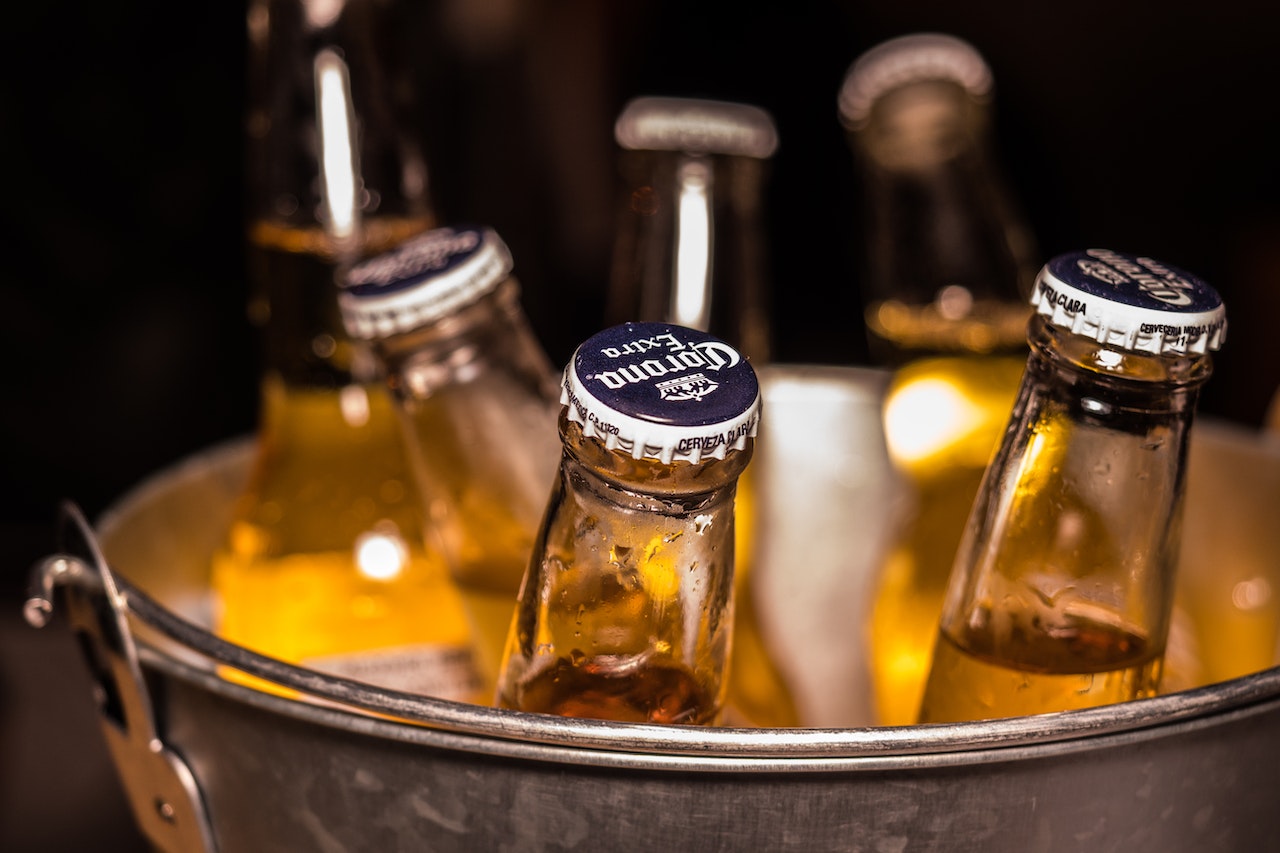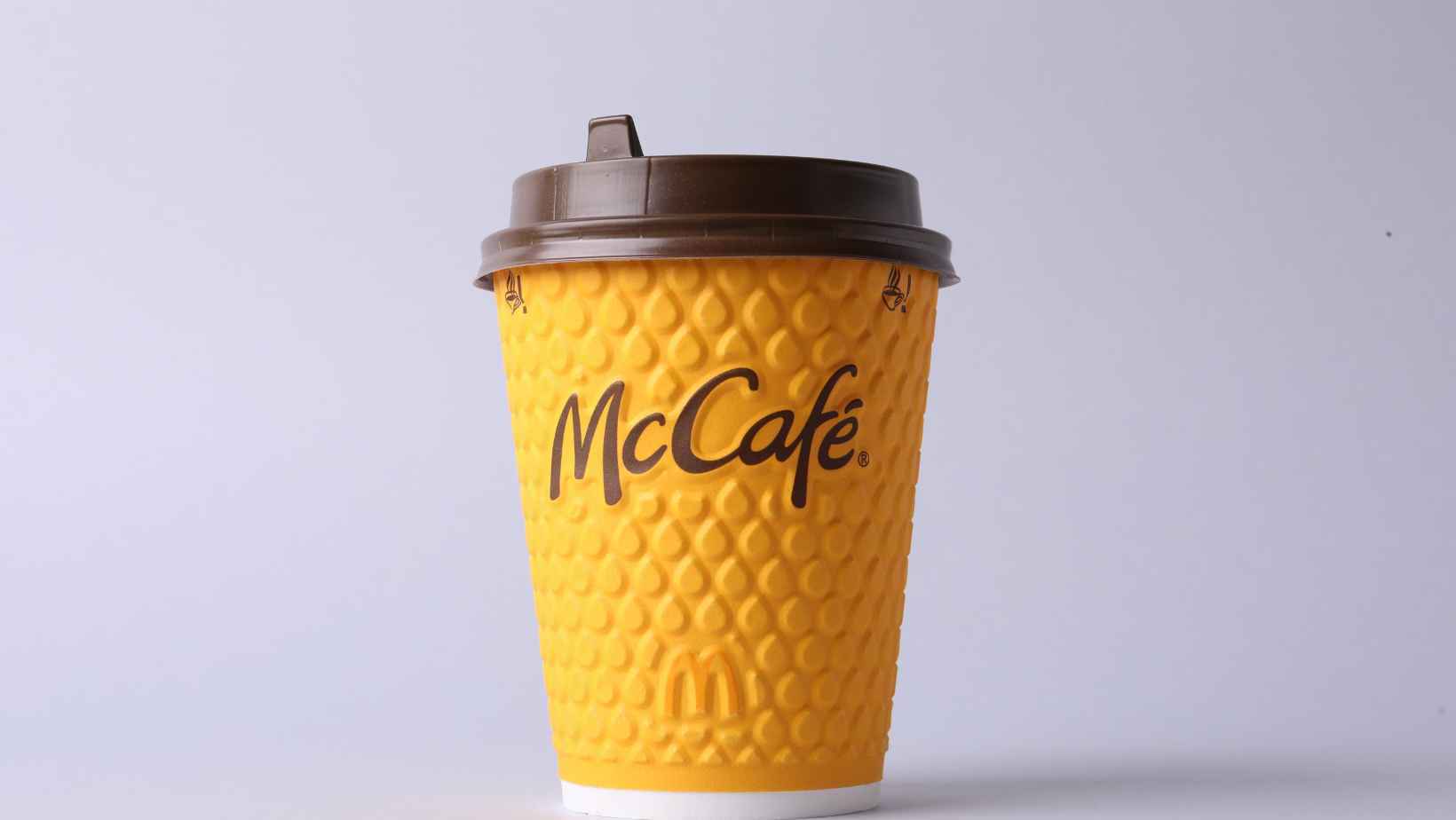How Many Ml in a Beer Can: A Quick Guide to Beer Can Sizes

How Many Ml in a Beer Can
When it comes to enjoying a refreshing beer, many of us may wonder just how much liquid is actually contained within a standard beer can. The answer lies in the measurement of milliliters (ml). So, “how many ml are in a beer can?” Let’s dive into the details and find out.
Typically, a standard beer can holds around 355 ml of liquid. This measurement is commonly used for most commercially available beers in cans. However, it’s important to note that there can be slight variations depending on the brand or type of beer. Some craft beers or specialty brews may come in different sizes such as 473 ml or even larger volumes.
Converting Fluid Ounces to Milliliters
When it comes to understanding the volume of a beer can, one common question that arises is, “How many milliliters are there in a beer can?” To unravel this mystery and provide you with an accurate answer, let’s delve into the process of converting fluid ounces to milliliters.
To convert fluid ounces to milliliters, we need to understand the conversion factor between these two units of measurement. The conversion rate between fluid ounces (oz) and milliliters (ml) is 1 fluid ounce equals approximately 29.5735 milliliters. This conversion factor allows us to easily calculate the volume in milliliters when given the volume in fluid ounces.
For example, if we have a standard 12-fluid ounce beer can, we can calculate its equivalent volume in milliliters by multiplying 12 by the conversion factor of 29.5735. The result gives us approximately 354.882 ml.
It’s worth noting that different countries may have varying standards for beer cans. For instance, some countries use metric measurements exclusively and offer beers in specific sizes such as 330 ml or 500 ml cans. In contrast, others may still adhere to traditional imperial measurements like ounces or pints.
To summarize:
- One fluid ounce is roughly equal to 29.5735 milliliters.
- To convert fluid ounces to milliliters, multiply the number of fluid ounces by the conversion factor.
- Different countries may have their own standardized sizes for beer cans.
Understanding how many milliliters are present in a beer can helps ensure accurate measurements and assists individuals who prefer using metric units or need precise quantities for various purposes like cooking or tracking their alcohol consumption.

Exploring Different Sizes of Beer Cans
When it comes to beer, size matters. From standard cans to tallboys and everything in between, the variety of beer can sizes is enough to make anyone wonder just how many milliliters are in a beer can. Well, let’s dive into the world of beer cans and explore the different sizes available.
- Standard Beer Can: The most common size you’ll come across is the standard beer can, which typically holds 355 milliliters (ml) or 12 fluid ounces (fl oz) of your favorite brew. This classic size is perfect for enjoying a single serving of beer without feeling overwhelmed.
- Tallboy: If you’re looking for a little extra refreshment, then the tallboy might be your go-to choice. These larger cans hold around 473 ml or 16 fl oz of beer. The increased volume means more sips to enjoy and prolongs that refreshing experience.
- European Lager Cans: In Europe, you’ll often find lagers packaged in sleek and slender cans that are slightly taller than the standard ones but contain less liquid. These European lager cans usually hold about 330 ml or 11 fl oz of golden goodness.
- Miniature Beer Cans: On the other end of the spectrum, some breweries offer miniature versions of their popular beers as novelty items or for sampling purposes. These tiny cans can hold as little as 150 ml or 5 fl oz, giving you just enough to get a taste before committing to a larger serving.
- Specialty Beer Cans: Beer enthusiasts love variety, and breweries have answered that demand with unique packaging options like specialty-sized cans for limited edition releases or collaborations with other brands. These cans can range anywhere from small batches holding under 250 ml (8 fl oz) to oversized editions containing upwards of 750 ml (25 fl oz).
Remember that these sizes may vary depending on the country, brewery, or specific beer style. It’s always a good idea to check the label or consult with your local beer seller for precise information about the size of a particular beer can.
So, whether you’re sipping from a standard can, indulging in a tallboy, or exploring the world of specialty-sized cans, there’s no shortage of options when it comes to enjoying your favorite brew. Cheers!




